In the vast culinary landscape, where flavors from around the globe intertwine to create dishes that tantalize the taste buds, one particular stew stands out for its rich, umami-laden profile and harmonious blend of textures: Pork Belly and Squid Stew. This hearty dish, though perhaps not as ubiquitous as some other stews, offers a delightful fusion of flavors that is both comforting and exhilarating. Combining the succulence of slow-cooked pork belly with the tender, slightly chewy delight of squid, this stew is a testament to the art of combining seemingly disparate ingredients to create something truly remarkable. In this guide, we’ll delve into the intricacies of how to make Pork Belly and Squid Stew, from selecting the perfect ingredients to perfecting the cooking technique.
Ingredients Selection: The Foundation of Flavor
Before diving into the cooking process, it’s crucial to understand the importance of ingredient selection. For pork belly, look for a piece with a good ratio of fat to meat. The fat should be evenly distributed and firm to the touch, indicating freshness and quality. A well-marbled pork belly will render beautifully during cooking, adding layers of flavor and moisture to the stew.
Squid, on the other hand, should be firm and slightly translucent, with no strong odor. Fresh or frozen squid can be used, but if opting for frozen, ensure it has been thawed properly to maintain texture. The squid’s tentacles and body can be used, but the skin and internal organs should be removed for a cleaner taste.
Other essential ingredients include aromatic vegetables such as onions, carrots, celery, and garlic, which will form the base of the stew’s flavor. Fresh herbs like thyme, bay leaves, and parsley will add depth and complexity. For liquid, a combination of chicken or pork broth and dry white wine provides a balanced, savory backbone. Don’t forget the tomatoes, either canned or fresh, which add sweetness and acidity, rounding out the stew’s profile.
Preparation: The Key to Success
Begin by preparing the pork belly. Season it generously with salt and pepper on both sides. This not only seasons the meat but also draws out moisture, ensuring a crispy exterior once cooked. Next, sear the pork belly in a hot, oiled skillet until golden brown on all sides. This step, known as browning, caramelizes the sugars in the meat’s surface, adding another layer of flavor and color to the stew.
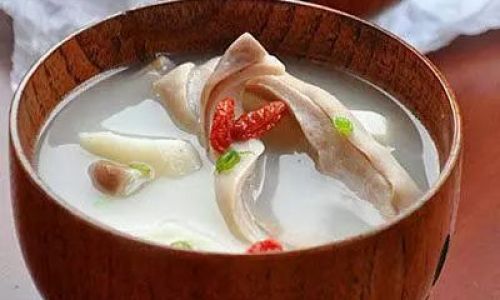
While the pork belly is resting, turn your attention to the squid. Clean it thoroughly by removing the head, beak, internal organs, and skin. Cut the body tube into rings and the tentacles into bite-sized pieces. Lightly season with salt and pepper.
Cooking: The Slow Dance of Flavors
In a heavy-bottomed pot or Dutch oven, sauté the chopped aromatic vegetables and garlic until they are soft and fragrant. This process, known as sweating, releases the vegetables’ natural sugars and oils, creating a flavorful foundation for the stew. Add the browned pork belly to the pot, followed by the squid pieces. Pour in the broth and wine, making sure the liquid covers the ingredients by at least an inch.
Bring the mixture to a simmer, then reduce the heat to low. Add the tomatoes, fresh herbs, and any additional seasonings like paprika or a pinch of saffron for an extra layer of complexity. Cover the pot and let the stew cook slowly, allowing the flavors to meld and the meat to become tender. This slow cooking process, often referred to as braising, is crucial for developing the stew’s rich, deep flavors.
Finishing Touches: Elevating the Dish
After about two hours of cooking, check the pork belly for doneness. It should be fork-tender and the fat should have rendered beautifully. Taste the broth and adjust the seasoning as needed, adding more salt, pepper, or herbs if necessary. If the stew seems too thick, you can add a bit more broth or wine. Conversely, if it’s too thin, let it simmer uncovered for a few more minutes to reduce.

For a final touch of elegance, finish the stew with a splash of lemon juice or a drizzle of olive oil. This brightens the flavors and adds a refreshing contrast to the rich, hearty base. Garnish with freshly chopped parsley or chives for a burst of color and freshness.
Serving: Sharing the Culinary Art
Serve the Pork Belly and Squid Stew over a bed of creamy mashed potatoes or crusty bread to soak up the delicious broth. A simple green salad on the side provides a refreshing counterpoint to the stew’s richness. Pair it with a full-bodied red wine or a crisp white, depending on your preference, to enhance the dining experience.
In conclusion, making Pork Belly and Squid Stew is a journey through the senses, where each step—from ingredient selection to cooking and serving—contributes to the final, harmonious dish. It’s a stew that embodies the essence of culinary creativity, combining elements from different culinary traditions to create something uniquely delicious. With patience, attention to detail, and a love for good food, anyone can master this art and delight their loved ones with a meal that promises to be both memorable and satisfying.

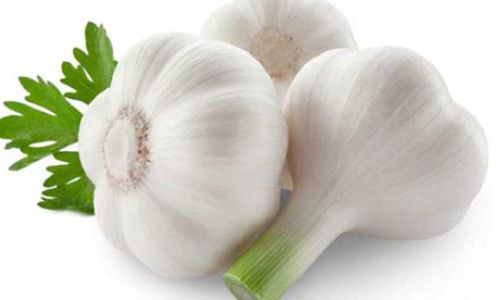
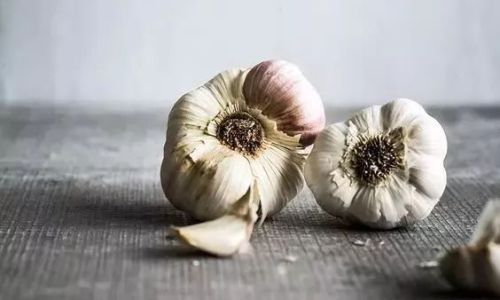
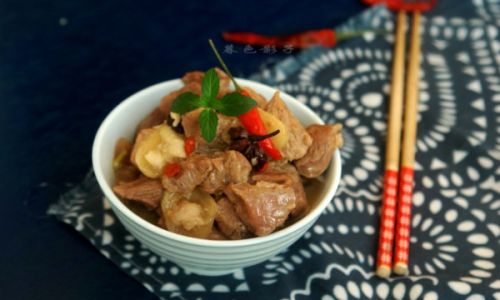
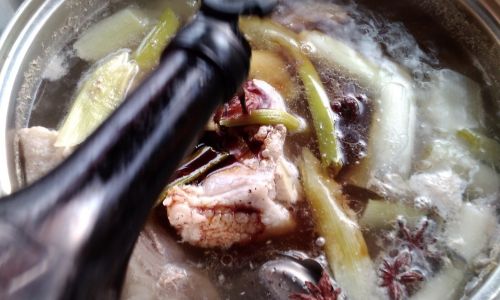

0 comments